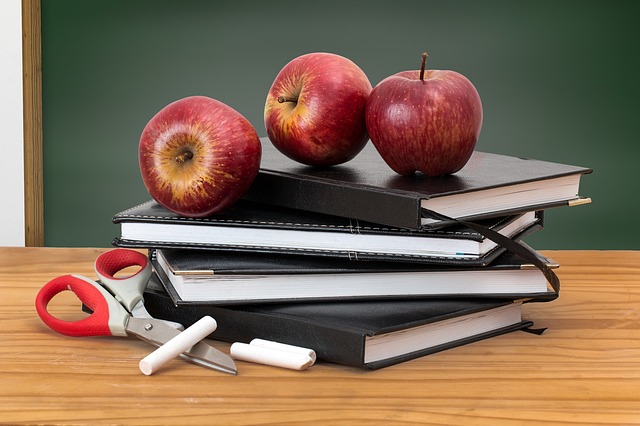Smaller class sizes allow teachers to connect with students and achieve more
By Mark Naydan
Larger classroom sizes are not only more difficult for teachers to manage but they also have been proven to make it more difficult for students to learn.
Recently, when U.S. Secretary of Education Betsy DeVos advocated for super-sizing classroom sizes, teachers like me were outraged. It’s clear Secretary DeVos has NEVER worked with students in a classroom before. Otherwise, she would not have said that.
Smaller classes allow teachers more time to teach to students so that students can learn more. That’s why Prince George’s County educators, parents, and faith leaders are joining together to reclaim our schools. Anyone who spends time with kids knows that each kid is unique. They bring unique experiences, preparation and ways of learning.
When I look across my classrooms, I see my students who are looking to me to help prepare them for college and the bigger world ahead of them. When people like Betsy DeVos and others who want to increase class sizes look at a classroom, they only see dollar signs where our children are—commodities to be squeezed through budget cuts or exploited for profit.
Research is clear
While the evidence is plain to see in anecdotes from teachers like me, the long record of research on the benefits of class size is clear.
Smaller class sizes have been shown to help close the racial achievement gap, particularly for early elementary students, so that children can all be on an equal footing as they begin their school career.
And smaller class sizes do not only benefit younger children. The impact can be felt throughout the educational system. Research shows that smaller class sizes are associated with higher high school graduation rates, higher college entrance test-taking rates, and reduced disciplinary actions taken against students, leading to fewer incarcerations.
Smaller class sizes allow more intensive instructional time and enable teachers to reach every kid and inspire them to reach new heights. Larger class sizes make such approaches to teaching impossible.
Though we spend a lot of formative time with students, teachers have only a finite amount of time to reach students each day, to capture their attention away from the latest viral video or lunchroom gossip, and to focus them on the lesson at hand. The class is over very quickly, with students bounding off to their next subject or afterschool practice. The distractions and difficulty managing a large crowd grow exponentially with class size.
It is not just our classrooms that are becoming more crowded. Jammed hallways, crowded playgrounds, congested parking lots, and ever-longer lunch lines starting mid-morning to accommodate the ever-larger student populations.
Spread so thin
Reflecting back on my own experiences as a teacher, I never felt that I overlooked a student so much as I was spread so thin at times in distributing my attention among so many of my students. But if over-sized classes increasingly become the norm, it is not hard for me to envision more kids slipping through the cracks and more teachers feeling unrewarded and leaving the profession.
But smaller class size is not primarily about my workload. The ability to be close to my students is what allows me to know what and when they are learning, and even whether there is something more serious that could be happening at home. When teachers get the instructional time to connect face-to-face with their students, they can build the critical relationships that open up a student to learning or can address other obstacles to learning that a student may be facing in life.
With smaller class sizes, I could be more attuned when another one of my students misses her assignments, or if I identify instances where a social worker or counselor is needed. I can have a greater imprint on my students’ lives.
Reducing class size alone can solve many of our challenges in our schools for our students. I urge Sec. DeVos before she speaks again about class sizes or any improvements needed in our schools, she should come and visit one of my classrooms and meet my students and me. We’re only 23 miles outside of Washington, D.C.
Mark Naydan teaches social studies at Northwestern High School in Prince George’s County.

MarylandReporter.com is a daily news website produced by journalists committed to making state government as open, transparent, accountable and responsive as possible – in deed, not just in promise. We believe the people who pay for this government are entitled to have their money spent in an efficient and effective way, and that they are entitled to keep as much of their hard-earned dollars as they possibly can.

